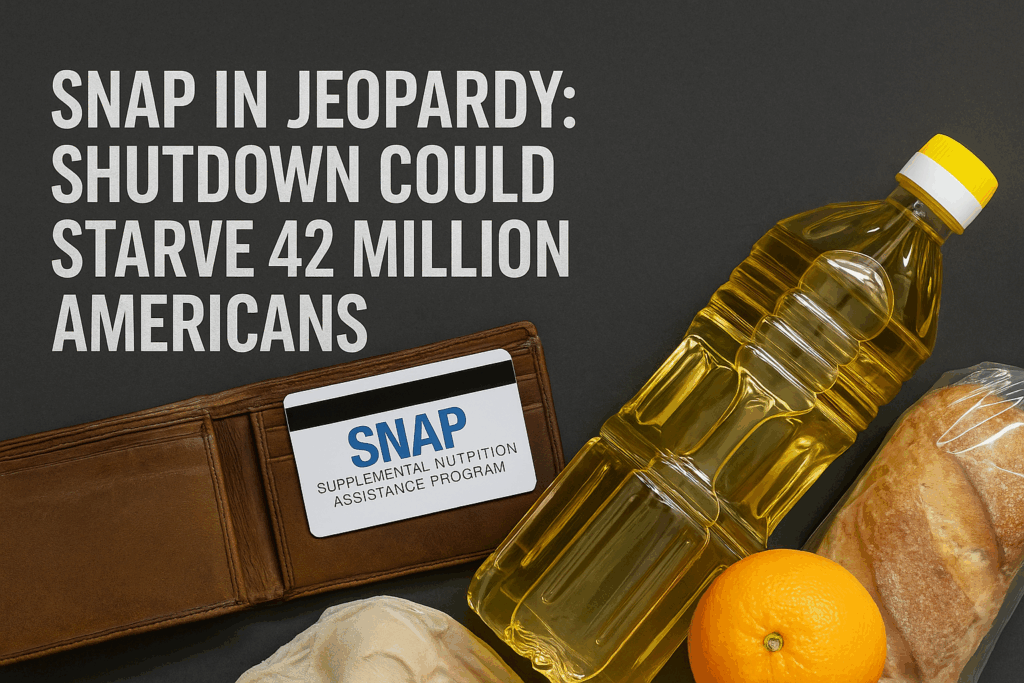Millions of Americans relying on SNAP face a looming deadline: unless Congress restores funding, benefits could stall as early as November. The ongoing federal shutdown, now into its third month, has forced the USDA to warn states that funding shortfalls will cripple benefit issuance.
On Oct. 10, the USDA warned state agencies: if the lapse in appropriations continues, funds will not cover the full November SNAP benefits for about 42 million people nationwide. The letter, signed by SNAP director Sasha Gersten-Paal, was shared with USA Today by North Carolina’s health department.
SNAP is technically classified as a mandatory program. But in practice, monthly benefit payments depend on annual appropriations — meaning that, despite the entitlement status, the funds to deliver aid must be authorized by Congress.
As of now, the agency has instructed states to pause sending eligibility files to EBT (Electronic Benefit Transfer) vendors, halting the usual process that triggers payments.
“SNAP has funding for benefits and operations through October,” the USDA told states. After October, the agency warns it will not have enough to pay full November benefits to about 42 million people.
States across the country are beginning to sound the alarm. In North Carolina, Wisconsin, and Minnesota, leaders are notifying residents that extended disruptions may result in benefit cuts or delays.
At the same time, USDA is assembling contingency plans: internal funds reserved for emergencies may be tapped if the shutdown continues.
Still, the scale of the task is daunting. SNAP served an average of 41.7 million people in 2024, or roughly 12.3% of the U.S. population. Benefits are delivered monthly to low-income households via EBT cards, which function like debit cards at authorized grocers.
Under normal conditions, state agencies transmit household data to EBT vendors each month — but now that flow has been frozen by USDA fiat.
If the shutdown lasts into November, states may run out of options. Experts warn that the USDA’s contingency funds, intended for administrative costs, may not sustain full benefits for long. A drawn-out shutdown could exhaust reserves, endangering millions.
In the 2018–2019 shutdown, USDA paid February benefits early in January to keep SNAP running. That worked because the shutdown ended before March. If this shutdown goes deeper into November, that plan may fail.
States with high SNAP usage face higher stakes. Business Insider shows that reliance on food stamps is uneven but affects many rural, urban, and suburban communities.
Congress must decide. Some want SNAP to be fully mandatory and protected from shutdowns. Others urge immediate stopgap funds for November. The USDA is redirecting tariff funds to support WIC, but this does not help SNAP recipients.
If Congress does not act, November could bring delayed, reduced, or stopped benefits for millions. Food banks, already stretched, would see higher demand, and families may have to choose between food and essentials like rent, medicine, or utilities.
Shutdowns are political gridlock. For SNAP families, there are crises. Congress must restore funding now and protect the safety net from future impasses.


